Introduction
Since Brexit, the landscape of trademark protection for UK businesses has undergone significant changes. For business owners in the UK, understanding how to navigate the separate trademark systems of the United Kingdom and the European Union is essential to safeguarding your brand effectively. This article provides a clear and practical guide on Trademark Registration post-Brexit, helping you make informed decisions in 2025 and beyond.
Understanding Post-Brexit Trademark Systems
Before Brexit, businesses could rely on a single European Union Trade Mark (EUTM) system that covered all member states including the UK. However, since January 1st, 2021:
- The UK Intellectual Property Office (UKIPO) now handles trademarks registered specifically for Great Britain.
- The European Union Intellectual Property Office (EUIPO) continues to manage trademarks valid across EU member countries but no longer covers the UK.
This means that if you want protection both within Great Britain and across Europe, you must consider registering separately with both offices or use international systems like Madrid Protocol.
Key Differences Between UKIPO and EUIPO Trademark Registration
| Aspect | UKIPO | EUIPO |
|---|---|---|
| Geographic Coverage | England, Scotland & Wales | All current EU member states |
| Application Process | Separate application required | Single application covers all members |
| Fees | Generally lower fees | Higher fees due to broader coverage |
| Renewal | Every 10 years | Every 10 years |
Understanding these differences helps business owners decide where best to register their trademarks depending on their market focus.
Practical Steps for Effective Trademark Protection Post-Brexit
Step 1: Assess Your Market Reach
Determine whether your products or services are sold primarily within Great Britain only or also across multiple European countries.
Step 2: Register with Relevant Authorities
- For protection solely in Great Britain: file directly with UKIPO.
- For wider European coverage: file with EUIPO or consider an international registration via Madrid Protocol covering both regions.
Step 3: Monitor Existing Trademarks
If you held an EUTM before Brexit that included rights in the UK automatically cloned as “comparable” national marks by UKIPO—ensure these are maintained properly through renewals and watch services against infringement.
Step 4: Consider Professional Advice
Trademark law can be complex; consulting IP professionals ensures correct filings aligned with your business strategy while avoiding costly mistakes.
Frequently Asked Questions (FAQs)
Q1: Do I need separate trademark registrations for my brand in the UK and EU? Yes. Since Brexit ended automatic EUTM coverage of the UK market, separate registrations are necessary unless using international routes like Madrid Protocol which can cover multiple jurisdictions simultaneously.
Q2: What happens if I had an existing EUTM before Brexit? Existing EUTMs were cloned into equivalent national rights at UK’s IPO free of charge but require independent management going forward including renewals specific to each jurisdiction.
Q3: Can I still use one application process for both markets? No. You must apply separately unless using international registration systems designed for multi-country protection such as Madrid Protocol applications filed through WIPO.
Conclusion
Post-Brexit trademark protection requires careful navigation between two distinct systems—the UK’s own regime via UKIPO and Europe’s continued system under EUIPO. By understanding these differences clearly and taking proactive steps toward appropriate Trademark Registration, business owners can safeguard their brands effectively throughout their target markets in 2025 and beyond.
If you’re looking to protect your intellectual property efficiently post-Brexit while expanding into new markets confidently—start by reviewing your current trademarks today!





